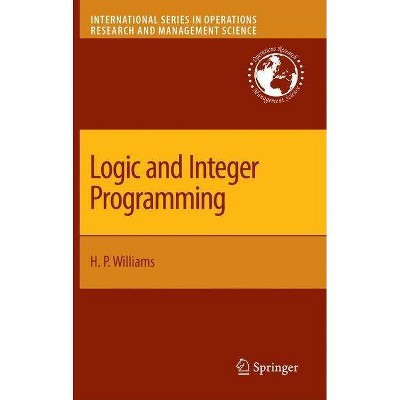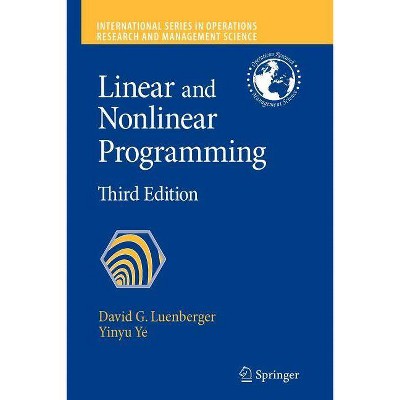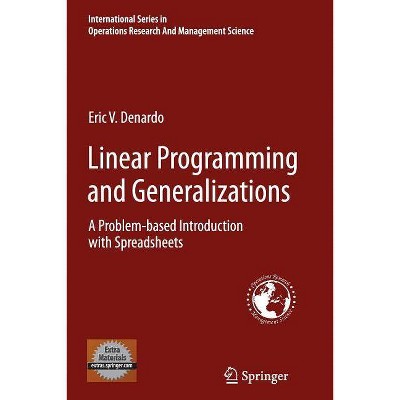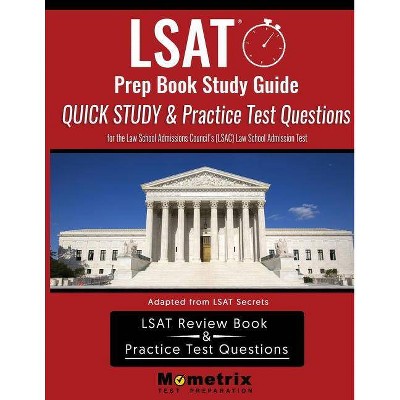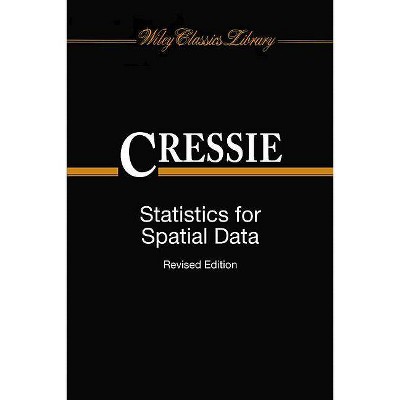Nonlinear Integer Programming - (International Operations Research & Management Science) by Duan Li & Xiaoling Sun (Hardcover)

Similar Products
Products of same category from the store
AllProduct info
<p/><br></br><p><b> Book Synopsis </b></p></br></br>It is not an exaggeration that much of what people devote in their hfe re- solves around optimization in one way or another. On one hand, many decision making problems in real applications naturally result in optimization problems in a form of integer programming. On the other hand, integer programming has been one of the great challenges for the optimization research community for many years, due to its computational difficulties: Exponential growth in its computational complexity with respect to the problem dimension. Since the pioneering work of R. Gomory [80] in the late 1950s, the theoretical and methodological development of integer programming has grown by leaps and bounds, mainly focusing on linear integer programming. The past few years have also witnessed certain promising theoretical and methodological achieve- ments in nonlinear integer programming. When the first author of this book was working on duality theory for n- convex continuous optimization in the middle of 1990s, Prof. Douglas J. White suggested that he explore an extension of his research results to integer pro- gramming. The two authors of the book started their collaborative work on integer programming and global optimization in 1997. The more they have investigated in nonlinear integer programming, the more they need to further delve into the subject. Both authors have been greatly enjoying working in this exciting and challenging field.<p/><br></br><p><b> Review Quotes </b></p></br></br><br><p>From the reviews: </p> <p>"This book addresses the topic of the general nonlinear integer programming (NLIP). The overall goal of the book is to bring the state of the art of the theoretical foundations and solution methods of NLIP to readers who are interested in optimization, operations research and computer science. This book investigates the theory and solution methodologies for the general NLIP and provides the developments of the last 30 years. It is assumed that readers are familiar with linear integer programming and the book thus focuses on the theory and solution methodologies of NLIP. The following are some of the features of the book: \roster \item"$\bullet$" Duality theory for NLIP: Investigation into the relationship of the duality gap and the perturbation function has lead to the development of nonlinear Lagrangian theory, thus establishing a methodology for the solution of the NLIP. \item"$\bullet$" Convergent Lagrangian and cutting plane methods for NLIP: Concepts like the objective level cuts, objective contour cuts or the domain cut reshapes the perturbation function. This leads to the optimal solution to lie in the convex hull of the perturbation functions and thus guarantees a zero duality gap. \item"$\bullet$" Convexification scheme: Using the connection between monotonicity and convexity, convexification schemes are developed for monotone and non-convex integer programs, thus extending the reach of branch and bound methods. \item"$\bullet$" Solution framework using global descent: The optimal solution of an NLIP is sought from among the local minima. A theoretical framework is also established to escape from a local minimum. \item"$\bullet$" Computational implications for NLIP: Several NLIPs with up to several thousand variables are solved by solution algorithms presented in this book." (Romesh Saigal, Mathematical Reviews)</p> <p>"The book's goal is to bring the state-of-the-art NIP theoretical foundation and solution methods to students and researchers in optimization, OR, and computer science. ... I think this is an interesting book about NIP and related issues. Many students, professionals, professors, and researchers could use it to learn key concepts about this topic. Therefore, I consider this work a valuable reference for graduate students or researchers interested in integer programming in a wide sense ... ." (Javier Faulin, Interfaces, Vol. 37 (4), 2007)</p> <p>"The goal of the book is to bring the state-of-the-art of the theoretical foundation and solution methods for nonlinear integer programming to readers who are interested in optimization, operations research and computer science. ... Readers of this book can be researchers, practitioners, graduate students and senior undergraduate students ... . It can be also used as a reference book for researchers, engineers and practitioners to solve real-world application problems by nonlinear integer programming models." (Oleg A. Shcherbina, Zentralblatt MATH, Vol. 1140, 2008)</p><br>
Price History
Price Archive shows prices from various stores, lets you see history and find the cheapest. There is no actual sale on the website. For all support, inquiry and suggestion messagescommunication@pricearchive.us
